- The Digital PawPrint
- Posts
- Robotic pets on the rise
Robotic pets on the rise
Improving lives, raising questions
Was this forwarded to you? Subscribe to receive future volumes!
📈 A bite-sized stat tastier than kibble
Robotic pets will be a $1B market by 2028
The global robotic pet dogs market size is estimated to grow by USD ~600 million from 2024-2028, according to Technavio. The market is estimated to grow at a CAGR of 13% during the forecast period to over a $1B. Robotic dogs are entertainment for kids and companionship for the elderly in healthcare facilities. They can even help kids learn because from a young age, kids are fascinated by technology and artificial intelligence.
🐾 The purr-spective: The robotic pet dog market is experiencing significant growth due to advanced technologies, the ability to provide companionship and entertainment, and the increase in disposable income. Companies are investing in R&D to create intelligent robotic dogs that can follow commands, play music, and recognize faces. Yet, challenges persist, including the high cost of production, the need for regular updates and maintenance, and privacy concerns regarding data collection and usage.
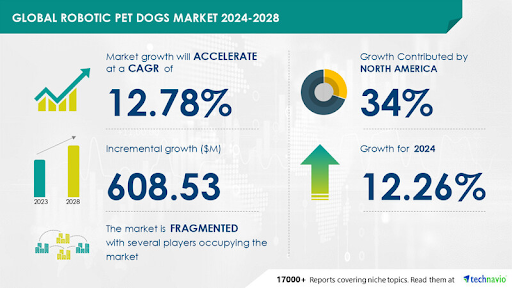

🎾 What we’re chasing: New advances in pet tech
Meowtel: Pioneering the in-home cat sitting experience
Dog care is an overserved market, but there’s a shortage of high-quality, qualified cat sitters. Meowtel has carved out a niche in the pet care industry with its pet-sitting services tailored specifically for cats—by cat owners, for cat owners. The cat care industry is a $6 billion market, and the opportunity is ripe for Meowtel to continue to become a household name in the cat care world.
We recently sat down with Sonya Petcavich, founder of Meowtel, to hear about why cat sitting requires its own solution, how partnerships have helped them meet more cat needs, and their approach to slow smart growth.
Read the full article here.
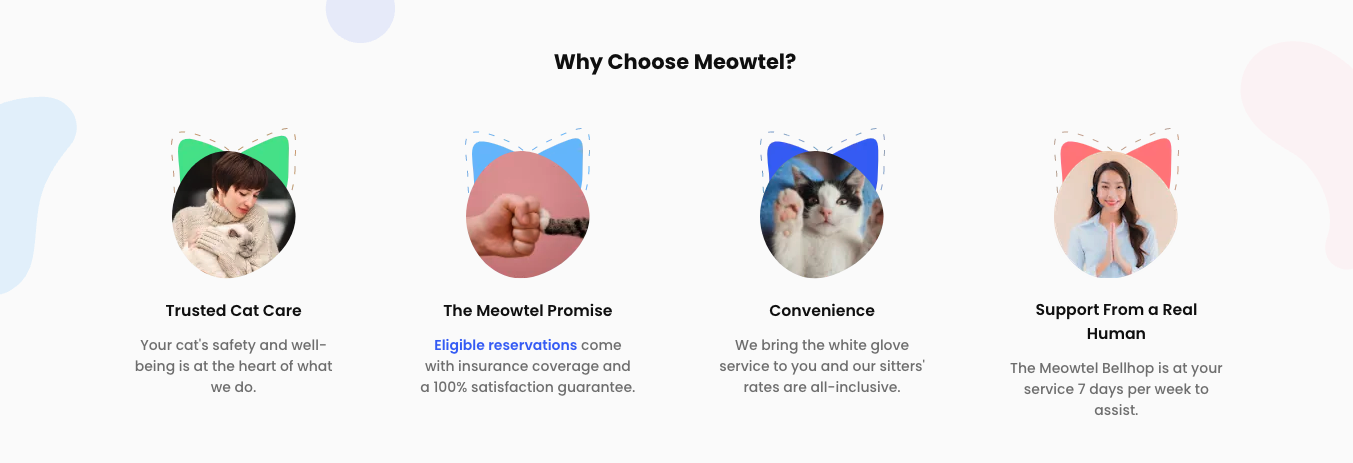
Rise of the robotic dog: Carers, guides but also also future soldiers
Robot pets go to care homes: Research from the University of Plymouth has shown that affordable robot pets can potentially improve the wellbeing of care home residents and people with dementia. At a care home in the U.K., responsive robot pets comfort to their residents and are described as “comforting” and “realistic”.
AI-powered seeing robot guide dog provides new leash on life for the blind: A world where the visually impaired navigate public spaces with a conversational robotic companion, rather than a guide dog, will change the guide dog landscape. This future is on the horizon, thanks to the University of Glasgow's innovative RoboGuide project.
China's robotic dog with a rifle strapped to its back: The U.S. introduced robotic dogs on the battlefield in 2021 for perimeter security and surveillance, and today the Chinese army is using mechanical dogs to lead an infantry unit for a mock terrorist setup. "Usually, new equipment will not be brought into a joint exercise with another country, so the robot dogs must have reached a certain level of technical maturity," a Chinese military expert told the state-run Global Times.
🐾 The purr-spective: Robotic dogs have the potential to revolutionize the way we care for and support our elderly, young, and disabled populations. These advanced technological companions can provide comfort, companionship, and assistance to those in need, enhancing their quality of life and overall well-being.
However, the use of robotic dogs in military settings is a more complex issue, and opinions on this matter may vary. Ultimately, the future of robotic dogs is bright, and their ability to bring joy and support to those who need it most is undeniable.

Makes you wonder...
Why are there so many pet food recalls?
The Supreme Court is currently considering a case involving allegations of deceptive practices by pet food manufacturers Royal Canin and Nestle Purina. This legal battle is paralleled by pet parents’ growing concern about the safety and quality of pet food.
Pet food recalls have increased significantly in recent years, according to the FDA records. The outcome of this case could set a precedent for future legal actions related to pet food safety and transparency, and may lead to increased scrutiny and regulation of the industry to ensure that pet food manufacturers are held accountable for the quality and safety of their products.
🐾 The purr-spective: The increasing number of pet food recalls and the ongoing Supreme Court case serves as a reminder for pet parents and professionals to be informed when selecting pet food brands. To keep our companions safe and healthy, we need increased regulation, transparency, and accountability in the pet food industry.
Vet care costs increase with no limit in sight
The veterinary shortage, coupled with a 32% increase in veterinary services from 2020 to 2024, has led to surging veterinary costs. Inflation, increased drug and pet product prices and higher wages for veterinary technicians only further exacerbate the issue. Since 2020, the rapid acquisition of veterinary clinics by private equity firms has driven up the cost of even simple veterinary services.
This issue is not limited to the US, as the UK is also grappling with concerns over pet owners overpaying for veterinary services and medicines. The UK Competition and Markets Authority (CMA) has launched a formal investigation into the £2bn veterinary market to examine whether profits earned by vets are consistent with levels expected in competitive markets and if there are any incentives to limit customer choices when recommending treatments or services. Many pet parents on both sides of the Atlantic are struggling to afford essential veterinary care for their beloved companions.
US companion animal veterinary expenditures: KPMG Veterinary M&A industry trends
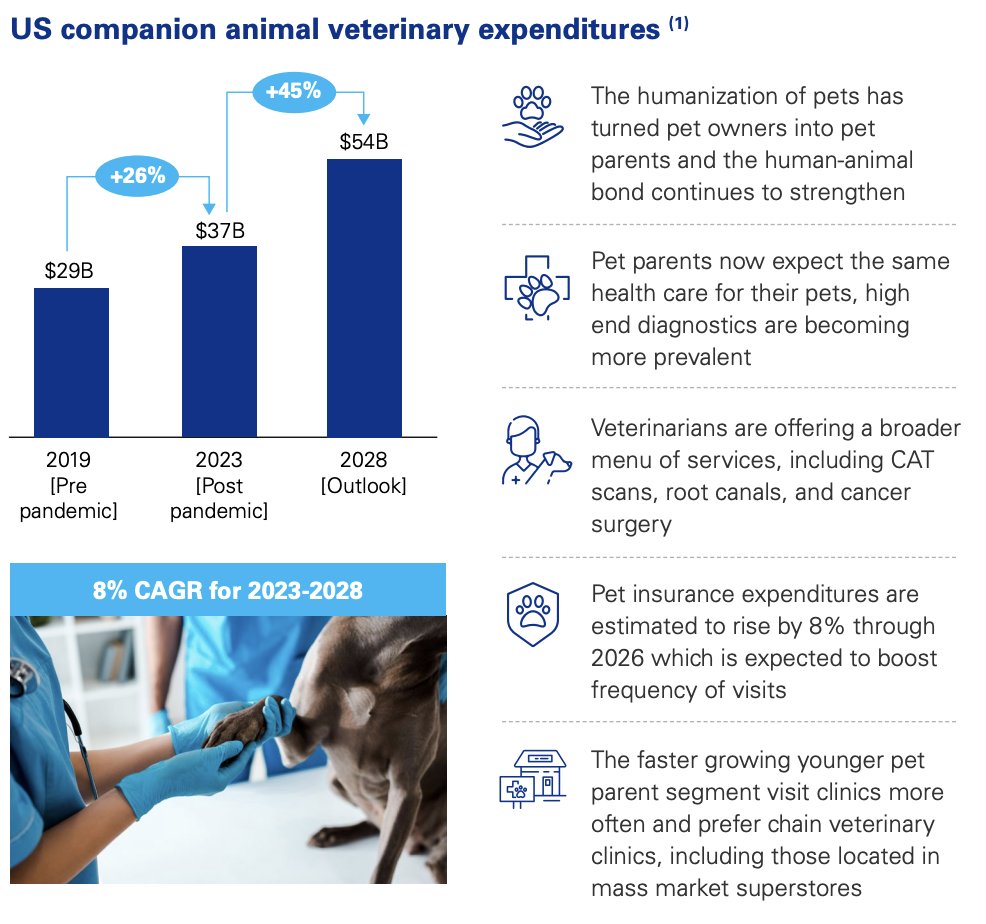
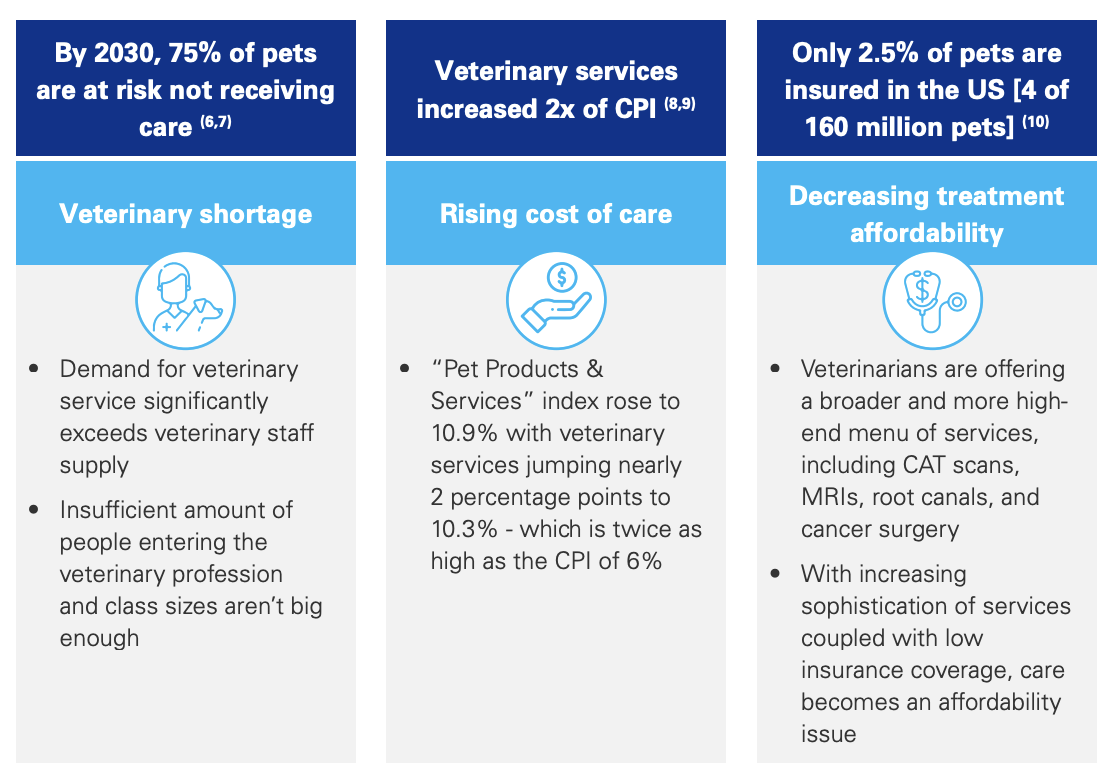
🐾 The purr-spective: The veterinary shortages and rising costs will continue to strain pet owners' wallets. Neglecting pet health, just like human health, can lead to more serious and expensive issues down the line, and many pet parents will sacrifice their own lifestyle to care for their pets.
We must find a solution that puts pets’ well-being first while addressing financial constraints of pet parents. That requires collaboration between the industry, regulators, and pet owners, which is years in the making. In the meantime, vet tech and telehealth for pets are rising as solutions to lessen the pain.

A new treat of resources

Missed the previous volumes and articles? Check them out!
 Transforming pet engagement: the innovation behind Porter Labs’ PupStation | 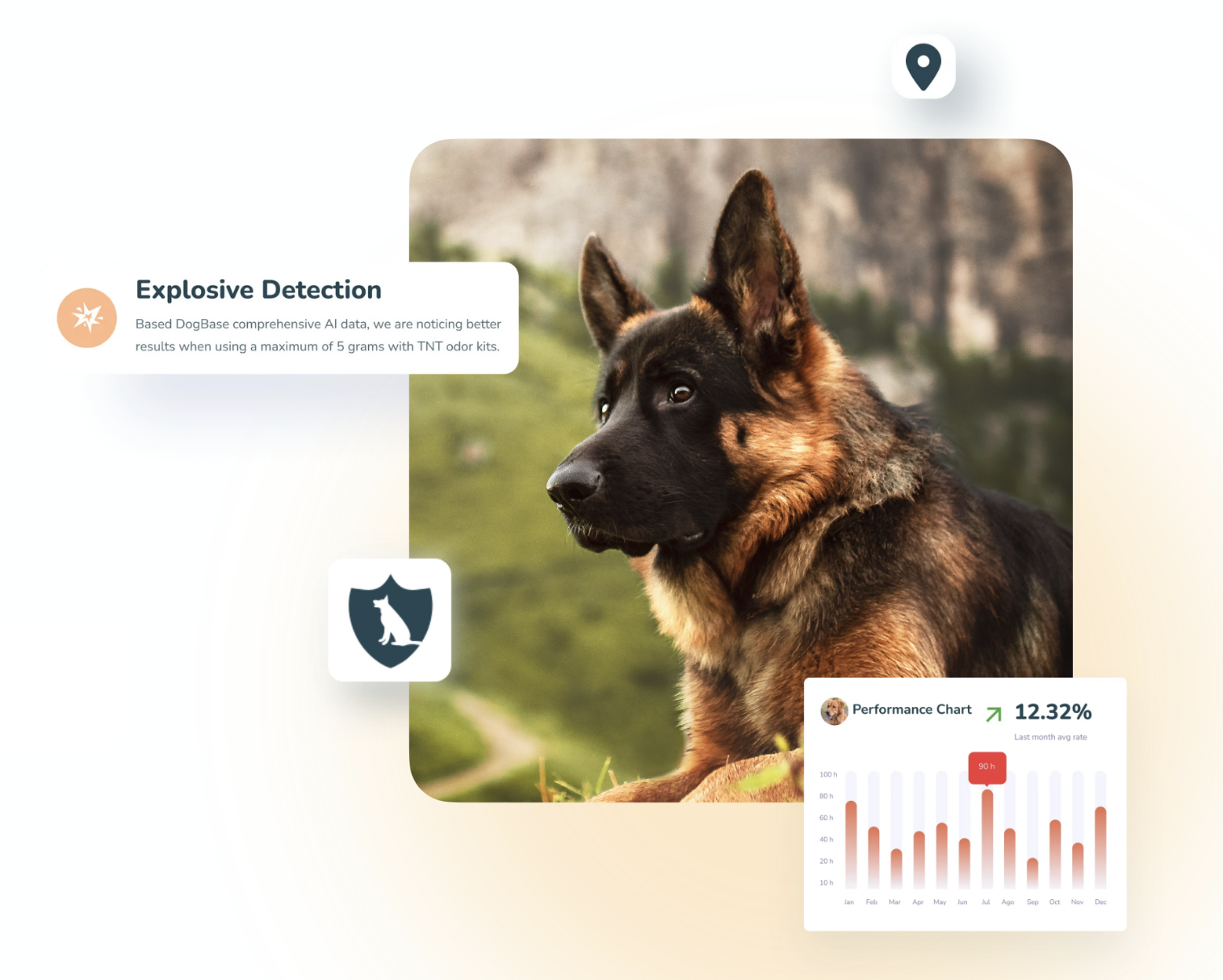 How DogBase is bringing AI and tech to elevate working dogs |